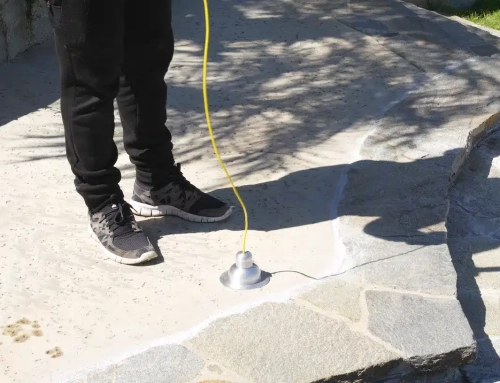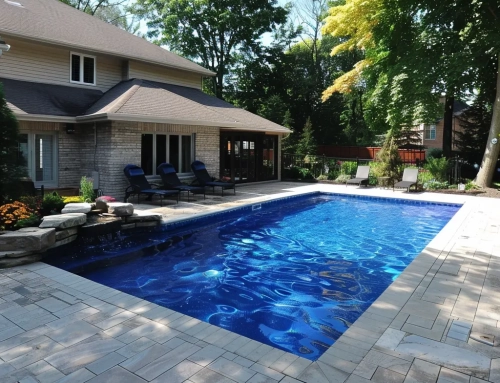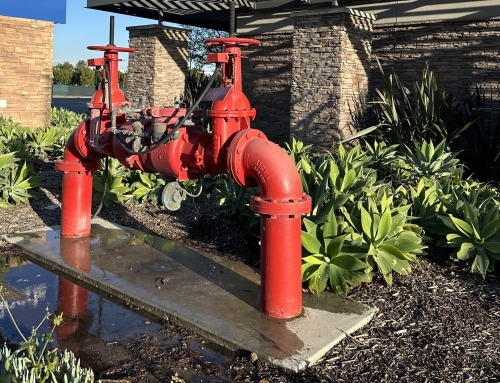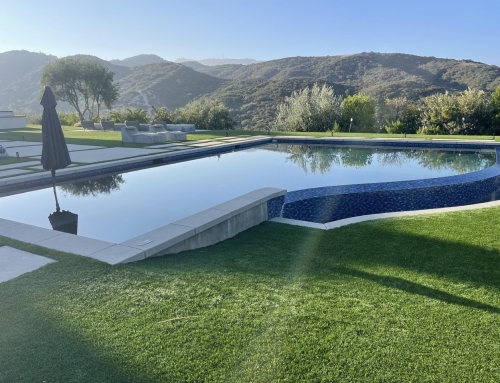It’s a proven fact. 95% of all pool leaks occur within a 3ft radius of the pool shell. The reason is simple. Pool shells whether concrete, fiberglass, or vinyl liner are independent of their surroundings. Many have concrete decks or landscapes around their immediate structure. Expansion and contraction of soils allows for movement. When there is movement around the immediate structure, things twist and separate. A few good examples occur around cold joints (where different materials meet). Metal or plastic light niches, skimmer seams, main drains and around fittings are a few good examples. Pipe fittings and spa Venturi’s on the backside of a pool wall are also very prone to leaking. Hearing those leaks is where the professional leak detection equipment from LeakTronics comes in.
Listening from inside the pool using the PoolScope, a microphone designed to listen from inside water, users listen at areas in the pool where plastic protrudes through the pool shell. This includes return fittings, skimmers and skimmer throats, drains, side suctions and even spa jets. Where a pipe comes into the pool from behind the pool shell, the area between the pipe and the concrete has potential for separation and water escaping from the pool through that separation. Another prime location for water loss is the pool light. Because there is a niche where the light sits, this area can open itself to leaking. Behind the light, where the wires run to the electrical source, there is a plastic conduit that houses the light. This conduit, when improperly sealed, can draw water out of the pool and distribute elsewhere. This causes a constant leaking and is very common for being a source of water loss.
Check out this video, where we use a DeckPlate to listen to a pipe just a foot outside of the radius of an attached spa. This pipe separated at the elbow and we used pressure to create the sound of water escaping the pipe. Once accurately identified, we were able to make repairs by digging at the precise location of the pipe break, right in that 3 foot radius of the pool/spa shell.
The right equipment and methods for being precise and accurately identifying exactly where water is escaping from a pool or pipes takes more than just a good set of gear. Understanding how pools are designed, how plumbing lines run into and out of a pool and what situations in the pool environment are prone to causing leaks is important, and it takes time to learn.
At LeakTronics, we manufacture the industry’s most accurate and easy to use leak detection equipment, but we also perform leak detection work every day. See jobs we’ve performed and the methods we use to get the job done by visiting our YouTube page. Click “subscribe” for regular weekly updates and join our mailing list for weekly specials and insider only pricing on equipment and training.






